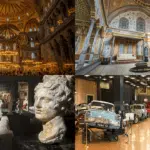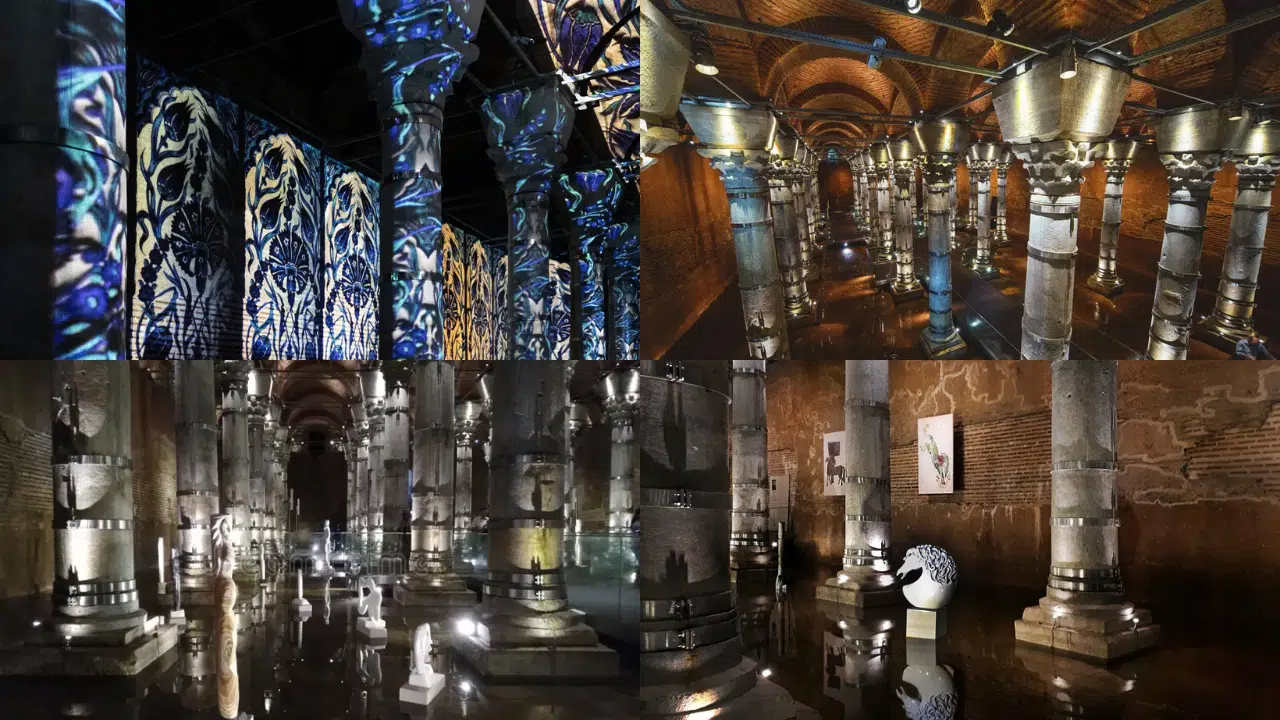
Serefiye Cistern (Theodosius Cistern) Istanbul – 2025 FAQs
Visiting the Serefiye Cistern (Theodosius Cistern)
Best Time to Visit the Serefiye Cistern
The best time to visit the Serefiye Cistern is during weekday mornings or early afternoons when it tends to be less crowded. Avoid weekends and public holidays if you’re looking for a quieter experience.
Table Of Content
- Visiting the Serefiye Cistern (Theodosius Cistern)
- Best Time to Visit the Serefiye Cistern
- How Much Do Tickets to the Serefiye Cistern Cost?
- What Should You Know Before Visiting the Serefiye Cistern?
- History & Significance
- What Is the History of the Serefiye Cistern in Istanbul?
- Why Was the Serefiye Cistern Built and What Was Its Purpose?
- How Does the Serefiye Cistern Compare to the Basilica Cistern?
- Architecture & Design
- What Makes the Architecture of the Serefiye Cistern Unique?
- How Was the Serefiye Cistern Constructed in the Byzantine Era?
- What Are the Key Features of the Serefiye Cistern’s Interior Design?
- Practical Information
- How Can You Get to the Serefiye Cistern in Istanbul by Public Transportation?
- How Long Should You Spend Exploring the Serefiye Cistern?
- Are Guided Tours Available for the Serefiye Cistern?
- Cultural and Modern Experiences
- What Modern Art Exhibits and Events Are Held in the Serefiye Cistern?
- How Does the Serefiye Cistern Combine History with Modern Experiences?
- Why Is the Serefiye Cistern a Must-See Landmark in Istanbul?
- Related Posts
Spring (April to June) and autumn (September to November) are particularly good seasons to visit, as the mild weather makes exploring the surrounding Sultanahmet area enjoyable.
If you’re interested in special events or exhibits often held in the cistern, check the schedule in advance to plan your visit accordingly.
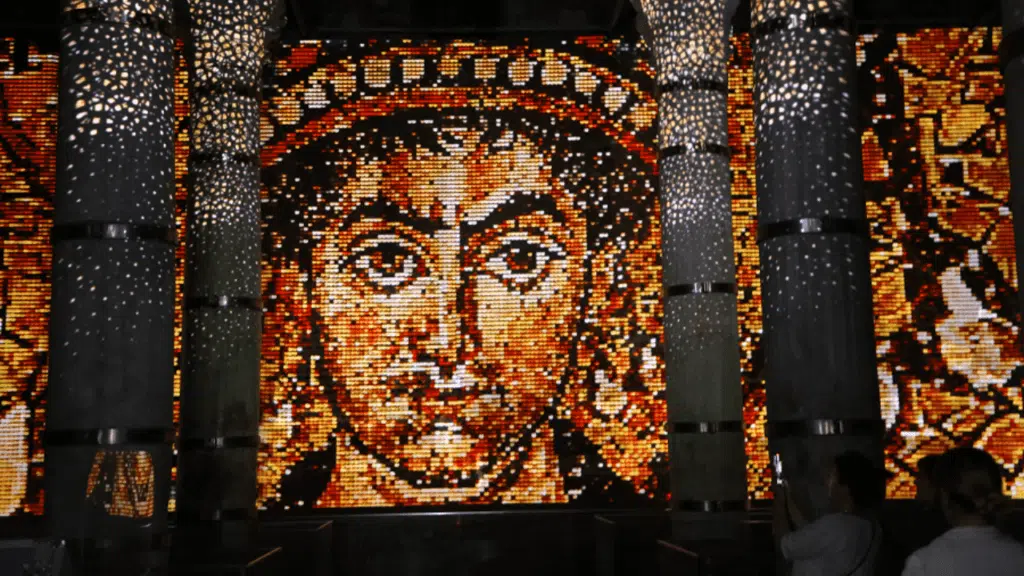
How Much Do Tickets to the Serefiye Cistern Cost?
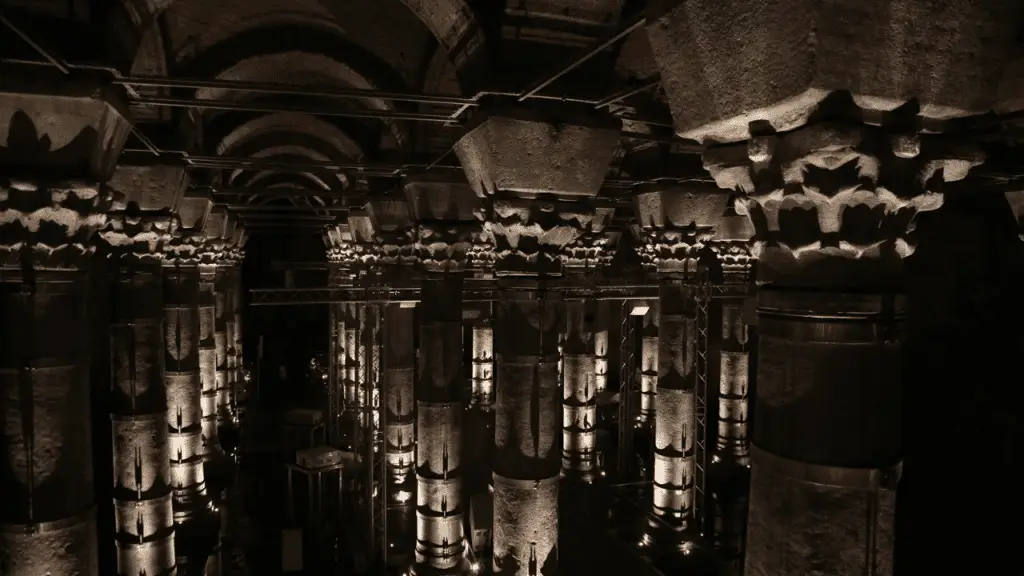
Tickets to the Serefiye Cistern are generally affordable, making it an accessible attraction for most visitors. The standard ticket price for international tourists is around 100–150 Turkish Lira, while Turkish citizens and students with valid ID often enjoy discounted rates.
Children under a certain age may qualify for free entry. For the most up-to-date pricing and special offers, visit the official website or inquire at the entrance.
What Should You Know Before Visiting the Serefiye Cistern?

Here are some important tips to ensure a smooth and enjoyable visit to the Serefiye Cistern:
- Buy tickets in advance: Purchasing online or arriving early can save time and help you avoid queues.
- Dress comfortably: The interior is cool and slightly damp, so wear appropriate footwear and consider bringing a light jacket.
- Photography: Photography is allowed, but flash is typically prohibited to preserve the ambiance and protect the structure.
- Plan for special exhibits: The cistern often hosts modern art installations and events, so check the schedule to enhance your visit.
- Combine with nearby attractions: Located in the heart of Sultanahmet, the Serefiye Cistern is close to landmarks like the Hagia Sophia and Basilica Cistern, making it easy to include in your itinerary.
By keeping these tips in mind, you can make the most of your visit to this stunning piece of Byzantine history.
History & Significance
What Is the History of the Serefiye Cistern in Istanbul?
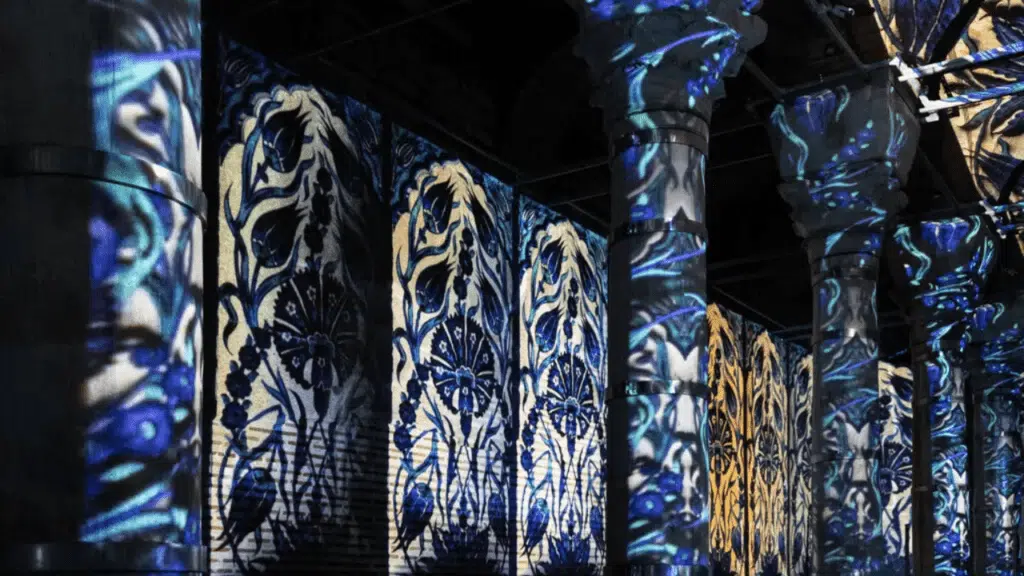
The Serefiye Cistern, also known as the Theodosius Cistern, dates back to the 5th century during the Byzantine Empire. It was commissioned by Emperor Theodosius II as part of an advanced water storage system to supply Constantinople with fresh water.
This cistern played a crucial role in ensuring a consistent water supply for the city, especially during sieges or dry seasons. Located in the heart of Istanbul, near the Sultanahmet district, the cistern was rediscovered and restored in recent years.
Its transformation into a modern tourist attraction highlights its historical and architectural importance to Istanbul’s heritage.
Why Was the Serefiye Cistern Built and What Was Its Purpose?
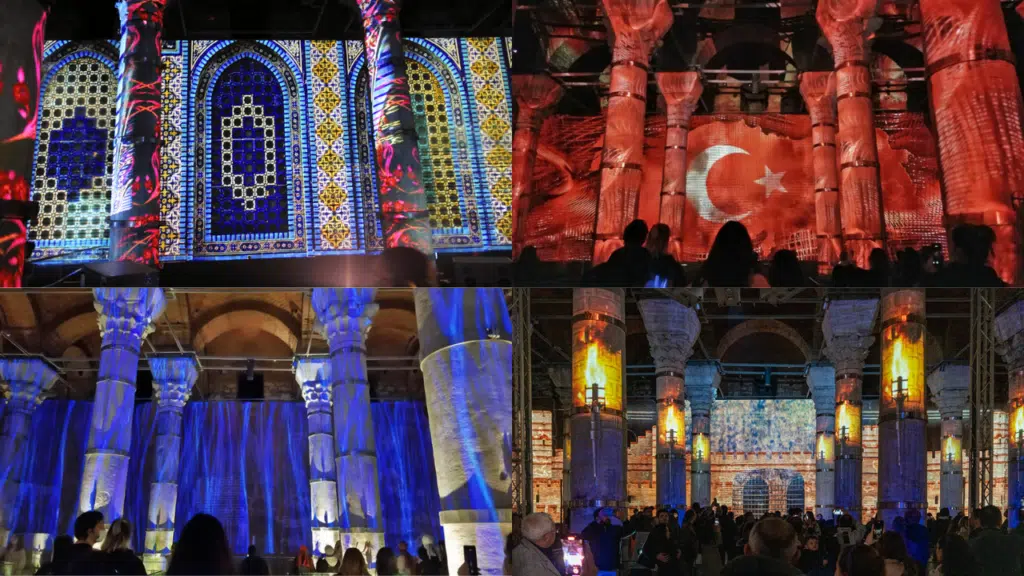
The Serefiye Cistern was constructed to store water brought from the Valens Aqueduct, part of a sophisticated Byzantine water distribution system. Its primary purpose was to provide water for public baths, palaces, and other buildings in Constantinople.
This underground structure ensured that the city had an adequate water supply even during droughts or emergencies. The cistern reflects the ingenuity of Byzantine engineers, who designed it with a series of marble columns and vaulted ceilings to support the massive weight of the structures above it.
How Does the Serefiye Cistern Compare to the Basilica Cistern?
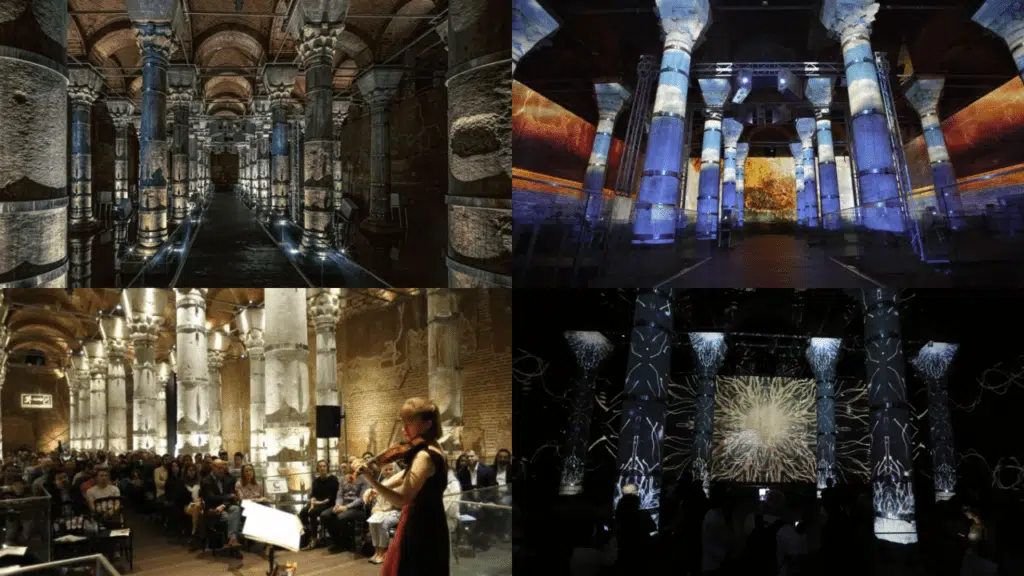
While both the Serefiye Cistern and the Basilica Cistern served as vital water storage facilities in Byzantine Constantinople, they differ in size, design, and historical prominence. The Basilica Cistern, built in the 6th century under Emperor Justinian I, is larger and more ornate, featuring iconic Medusa head columns that have made it world-famous.
In contrast, the Serefiye Cistern is smaller but equally impressive, with its beautifully restored marble columns and atmospheric lighting. The Serefiye Cistern also offers a more intimate experience, with modern art exhibits and cultural events often held within its walls, blending history and contemporary culture.
Both cisterns showcase the brilliance of Byzantine engineering and are must-visit landmarks in Istanbul.
Architecture & Design
What Makes the Architecture of the Serefiye Cistern Unique?
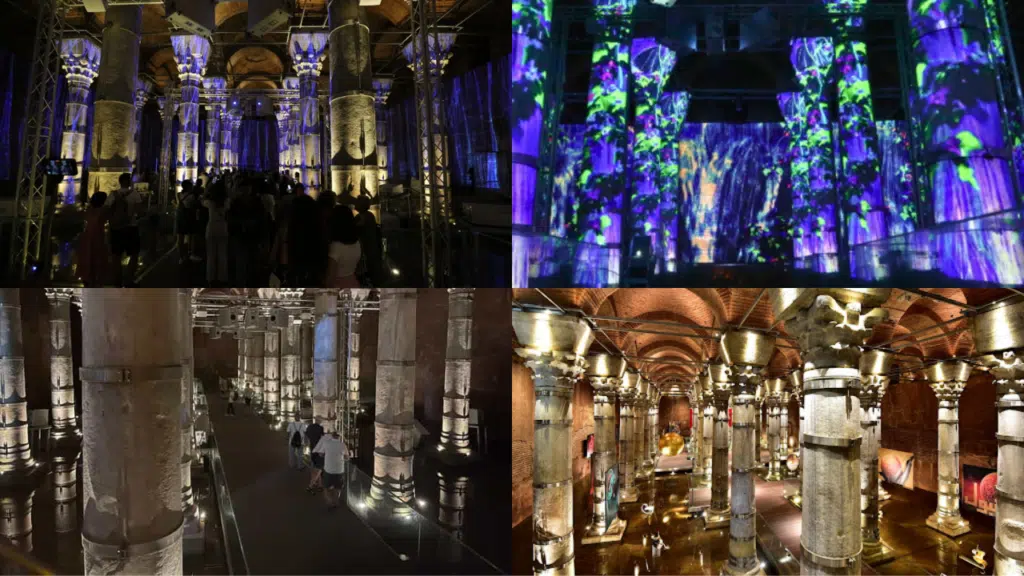
The Serefiye Cistern’s architecture is a testament to the ingenuity of Byzantine engineering and design. Its unique appeal lies in its symmetrical layout, featuring 32 marble columns arranged in a grid-like pattern to support the vaulted ceilings.
Unlike larger cisterns such as the Basilica Cistern, the Serefiye Cistern is more compact, offering a serene and intimate ambiance. The recent restoration efforts have enhanced its aesthetic appeal with modern lighting, creating an atmospheric experience that highlights the intricate details of the ancient structure.
This combination of historical authenticity and contemporary presentation makes its architecture truly distinctive.
How Was the Serefiye Cistern Constructed in the Byzantine Era?
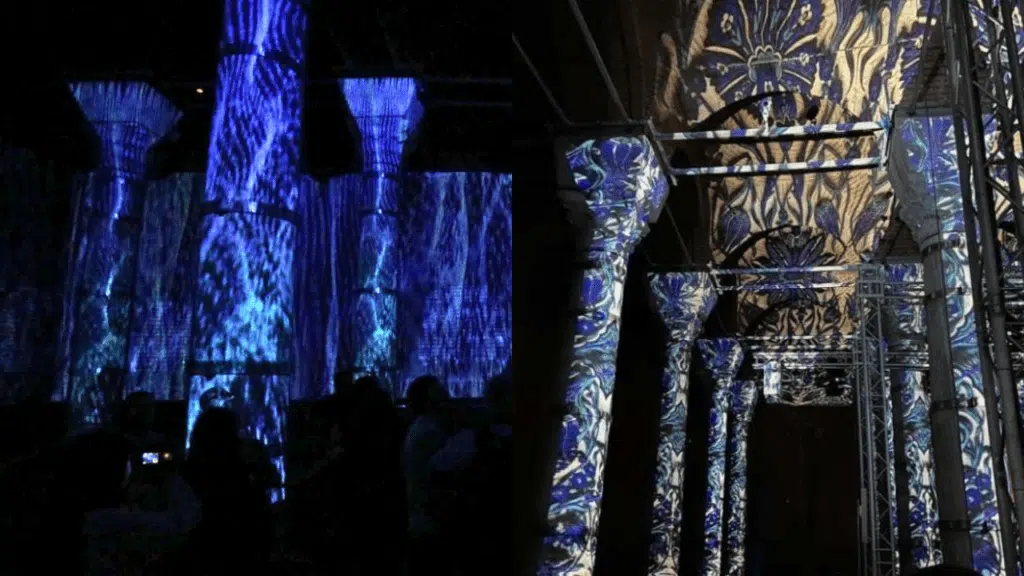
The Serefiye Cistern was constructed during the 5th century under Emperor Theodosius II to store water brought from the Valens Aqueduct. Byzantine engineers meticulously designed the cistern to be both functional and durable, using high-quality marble and stone for the columns and walls.
The vaulted ceilings were crafted to evenly distribute the weight of the buildings above, ensuring the cistern’s stability. The floor was lined with waterproof materials to prevent leaks, while the columns were carved from single blocks of marble.
This combination of precision and innovation allowed the Serefiye Cistern to withstand centuries of use and remain intact today.
What Are the Key Features of the Serefiye Cistern’s Interior Design?
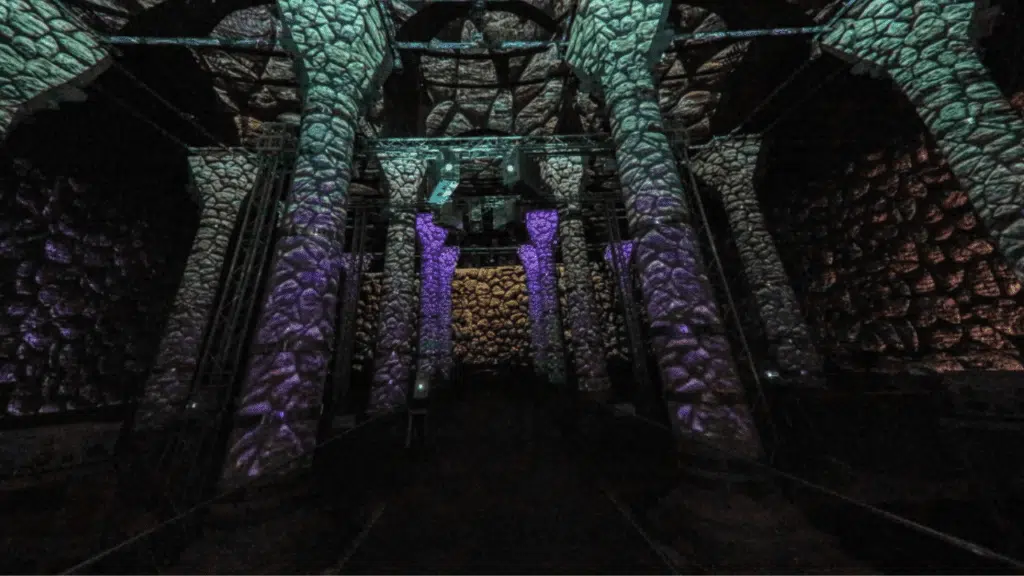
The interior design of the Serefiye Cistern is characterized by its elegance and simplicity, reflecting its functional purpose while showcasing Byzantine craftsmanship. The cistern is supported by 32 marble columns, each approximately 9 meters tall, arranged in rows to create a symmetrical and visually striking layout.
The vaulted ceilings, built with brick and mortar, create a sense of spaciousness despite the cistern’s relatively small size. Modern enhancements, including soft LED lighting, highlight the columns and cast reflective patterns on the water, creating an enchanting atmosphere.
These features make the Serefiye Cistern both a historical marvel and a contemporary cultural space.
Practical Information
How Can You Get to the Serefiye Cistern in Istanbul by Public Transportation?

The Serefiye Cistern, located in the Sultanahmet district of Istanbul, is easily accessible by public transportation.
- By Tram (T1 Line): Take the T1 Tram to the Sultanahmet stop. From there, it’s a short 5–7 minute walk to the cistern.
- From Istanbul Airport: Use the Havaist shuttle to Sultanahmet Square, or take the M11 metro line to Gayrettepe, connect to the M2 metro, and transfer to the T1 Tram at Kabataş.
- From Sabiha Gökçen Airport: Take the Havabus shuttle to Taksim, then the F1 Funicular to Kabataş, and transfer to the T1 Tram.
- By Ferry (Asian Side): Take a ferry from Kadıköy or Üsküdar to Eminönü, then switch to the T1 Tram Line heading toward Bağcılar and get off at Sultanahmet.
Once you arrive in Sultanahmet, follow signs for Serefiye Cistern, which is within walking distance of other major landmarks like the Hagia Sophia.
How Long Should You Spend Exploring the Serefiye Cistern?

You’ll need approximately 30–45 minutes to fully explore the Serefiye Cistern. This timeframe allows you to admire the beautifully restored marble columns, vaulted ceilings, and atmospheric lighting.
If you’re attending a special art installation or event, you may want to extend your visit to around an hour. Since it’s smaller than the Basilica Cistern, the experience is more intimate and doesn’t require as much time to navigate.
Are Guided Tours Available for the Serefiye Cistern?

Yes, guided tours for the Serefiye Cistern are available and highly recommended. These tours provide deeper insights into the cistern’s Byzantine history, its purpose, and the engineering marvels behind its construction.
Many local tour operators offer packages that include the Serefiye Cistern, along with other nearby landmarks such as the Basilica Cistern and Hagia Sophia. Alternatively, audio guides may also be available, allowing you to explore the cistern at your own pace while learning about its significance. For the best experience, consider booking a tour in advance.
Cultural and Modern Experiences
What Modern Art Exhibits and Events Are Held in the Serefiye Cistern?

The Serefiye Cistern has become a unique venue for modern art exhibits and cultural events, blending history with contemporary creativity. Its atmospheric setting, with dim lighting and reflective water surfaces, provides an immersive backdrop for art installations, light shows, and musical performances.
Many exhibitions showcase works by local and international artists, often incorporating themes inspired by Istanbul’s history and heritage. Visitors can also enjoy multimedia presentations, projection mapping, and temporary art displays that transform the ancient cistern into a modern cultural space.
Checking the event calendar before your visit ensures you don’t miss any special experiences.
How Does the Serefiye Cistern Combine History with Modern Experiences?

The Serefiye Cistern offers a seamless fusion of ancient history and modern innovation. Originally built in the 5th century as part of the Byzantine Empire’s water storage system, the cistern has been carefully restored to preserve its architectural integrity while incorporating modern elements.
State-of-the-art lighting highlights the marble columns and vaulted ceilings, creating an immersive and almost ethereal ambiance. Additionally, the venue frequently hosts art exhibitions, concerts, and cultural events, allowing visitors to appreciate the site’s historical significance while engaging in contemporary experiences.
This harmonious blend of old and new makes the Serefiye Cistern a unique attraction.
Why Is the Serefiye Cistern a Must-See Landmark in Istanbul?

The Serefiye Cistern is a must-see landmark in Istanbul for its combination of historical significance, architectural beauty, and modern functionality. As one of the oldest surviving Byzantine cisterns, it offers a glimpse into the engineering brilliance of the 5th century.
The restoration and integration of modern art exhibitions make it a standout destination, appealing to history enthusiasts and art lovers alike. Its location in the heart of the Sultanahmet district makes it easily accessible and a perfect addition to any Istanbul itinerary.
Whether you’re captivated by its serene ambiance or intrigued by its cultural events, the Serefiye Cistern is an unforgettable experience.

